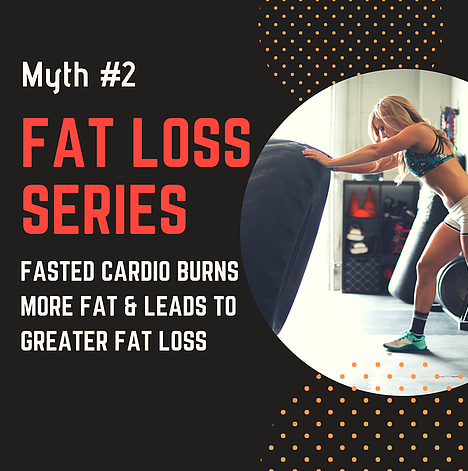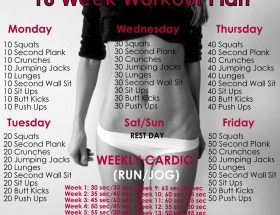When it comes to losing fat, many people believe that cardio exercises and a calorie-restricted diet are the only solutions. However, strength training is often overlooked as an effective tool for shedding unwanted body fat. In this article, we will explore the common myths surrounding strength training for fat loss and debunk them with evidence-based facts.
Myth 1: Strength Training Makes You Bulky
One of the biggest misconceptions about strength training is that it will make you bulky, especially for women. This myth stems from the belief that lifting heavy weights will cause an increase in muscle size. However, the truth is that building significant muscle mass requires a combination of heavy lifting, specific nutrition, and hormone manipulation.
Strength training, on the other hand, actually helps in fat loss. By engaging in resistance training, you increase your lean muscle mass, which in turn boosts your metabolism. This enhanced metabolic rate leads to an increased calorie burn, both during your workouts and at rest.
Myth 2: Cardio is Superior for Fat Loss
While cardio exercises certainly have their place in a well-rounded fitness routine, strength training is equally, if not more, effective for fat loss. When you perform cardiovascular exercises, you experience an immediate calorie burn. However, this effect stops shortly after you finish your workout.
Strength training, on the other hand, provides a long-lasting metabolic boost. By building muscle, you increase your basal metabolic rate (BMR), which means your body will burn calories more efficiently throughout the day, even when you are at rest.
Myth 3: Weightlifting is Only for Younger Individuals
Another common myth is that weightlifting is only suitable for young, fit individuals. However, strength training is beneficial for people of all ages, including older adults. As we age, muscle mass naturally declines, leading to a slower metabolism, decreased strength, and increased risk of injury and chronic conditions.
Strength training can reverse these effects by building and preserving muscle mass. It also improves bone density, joint stability, and overall functional capacity, which are crucial for maintaining an active and independent lifestyle as we age.
Myth 4: You Can Spot Reduce Fat
Many people believe that if they focus their training on specific areas, such as their abdominals or arms, they can spot reduce fat in those areas. Unfortunately, spot reduction is a myth. The body loses fat in a systemic manner – it can’t target specific areas for fat loss.
Strength training, however, can help sculpt and tone specific muscles, giving the appearance of fat loss in those areas. By building muscle, you can reshape your body and improve its overall composition, but you cannot choose where your body will burn fat.
Myth 5: High Reps Burn More Fat
Some individuals believe that performing high-repetition, low-weight exercises is the best way to burn fat. While higher reps can contribute to muscular endurance, they are not necessarily superior for fat loss.
The most effective approach is to incorporate a variety of rep ranges in your strength training routine. This ensures that you are challenging your muscles in different ways, promoting both strength gains and hypertrophy (muscle growth). The more muscle you have, the higher your metabolic rate, which contributes to burning more fat.
Conclusion
Strength training is a valuable tool for fat loss that should not be underestimated or dismissed. By dispelling these common myths, it is evident that strength training can benefit individuals of all ages and fitness levels. It helps to increase lean muscle mass, boost metabolism, and improve overall body composition. So, if your goal is fat loss, don’t hesitate to incorporate strength training into your fitness routine and reap the numerous benefits it offers.









